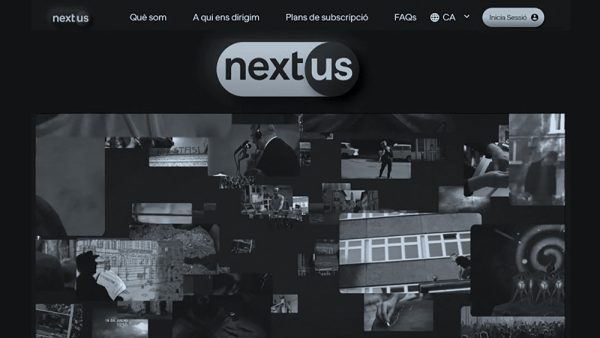Elaboration of the first Protocol for the prevention and approach to harassment based on sex, sexual orientation, gender identity and/or expression, origin, racialization and/or cultural, ethnic and/or religious diversity and functional diversity of the Federación de Entidades de Proyectos y Pisos Asistido (FEPA).
Elaboration process
This protocol has been elaborated jointly with the equality agents within FEPA, as well as with the Equality Commission of the federation -which is formed by people from the federated entities and the Board of Directors of FEPA-. Choosing to elaborate the protocol in a
participative way has allowed to adjust it to the needs and reality of the federation and its federated entities.
Contents
The Protocol contains some first sections of contextualization, both of the entity and of the theoretical and legal framework on which the protocol is built. It establishes the objectives, the scope of application and the definitions that serve to understand what situations are considered harassment -and of what type-. Next, the principles and guarantees guiding the actions are stipulated, as well as the rights, obligations and responsibilities of the direction, the legal representation, the federated entities and the workers. Next, both the prevention measures and the action measures are defined, defining the ways of action -both internal and external-. Finally, it specifies the monitoring and evaluation to be made of the measures developed and the faults and sanctions that serve as a framework for any cases that may arise.
Special features of the Protocol
This protocol has two particularities:
- The first one, is that the circuit not only contemplates the set of situations and realities that can occur at the level of the federation team, but also establishes how to act if this aggression happens between people members of any of the federated entities during actions organized by FEPA.
- The second one, which is elaborated from an intersectional perspective. If you want to know more about this perspective, we invite you to read the LabGroc article on the subject.









































